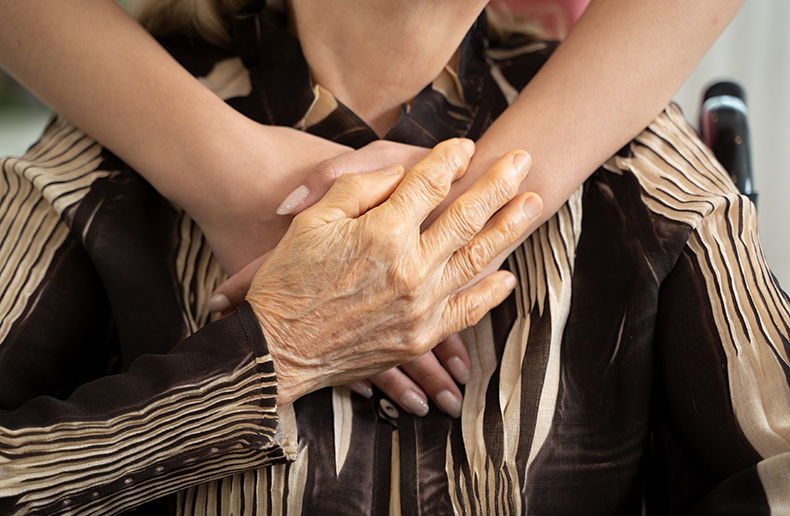Telework safeguards employee performance
By
Alain Thériault
|
Sept. 15, 2021, 10:20 a.m.

Caroline Biron
Caroline Biron, professor and researcher at Université Laval, suggests that telework protects employee performance and reduces distress.
This article is reserved to PRO Level subscribers
Discover the PRO Level
Already subscribed? Sign in >
Advertisement
The most popular in Society
Make your business shine with Visibility360!
Get a PDF version to share in your networks.
I'm interestedHeadlines
Advertisement
Related topics …










